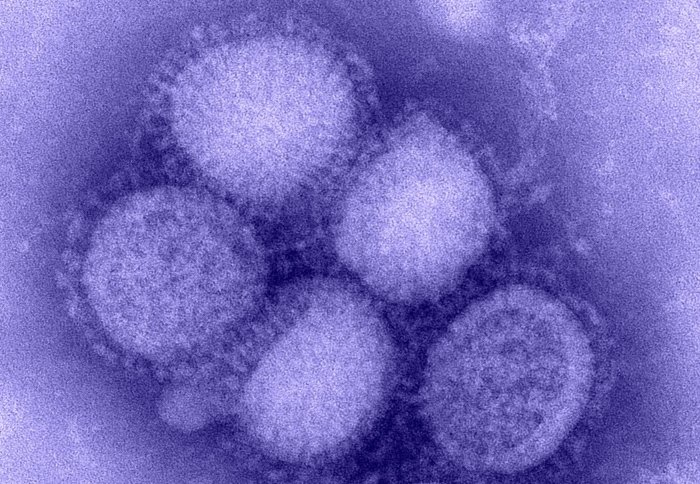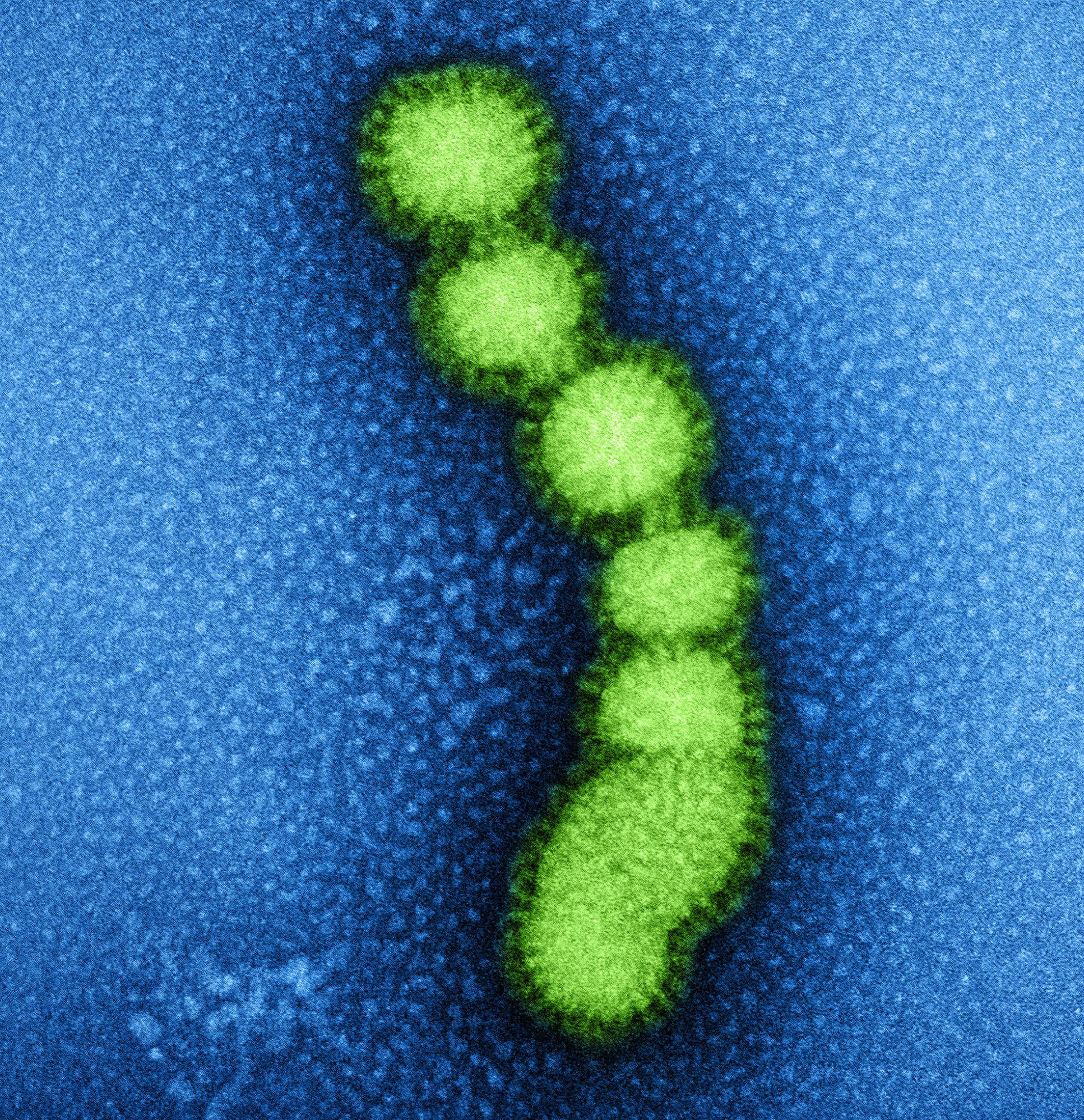

The influenza virus can evolve resistance to an anti-flu drug currently in development for use in pandemics, a study has found.
Scientists at Imperial College London, in collaboration with Public Health England, have discovered that two genetic mutations would be needed for the virus to develop resistance to favipiravir, an experimental antiviral developed in Japan.
Favipiravir is not currently licensed in the UK for the treatment of flu but has shown to be effective in clinical trials to date and has the potential to be used in the event of a flu pandemic where other drugs, such as Tamiflu, might fail.
The researchers caution that the influenza virus has only so far been shown to develop resistance to the drug in laboratory studies, and it is unclear if the same would happen in a pandemic.
We need to look out for these mutations and monitor for them, particularly if we are using this drug in outbreak situations Professor Wendy Barclay Lead author
However, their findings highlight a mechanism by which influenza and other viruses could potentially overcome such drugs used in the event of an outbreak and so should be closely monitored.
It was previously thought that the influenza virus was unable to overcome favipiravir, with laboratory, animal and clinical studies showing little evidence of resistance. However, the latest findings, published this week in the journal PNAS, are the first to show that influenza could develop resistance to the drug.
Professor Wendy Barclay, from the Department of Medicine and Action Medical Research Chair in Virology at Imperial, who led the research, said: "We're alerting the world to the fact that RNA viruses, like influenza, can readily adapt to their environment and evolve, and that while favipiravir could be a potentially important drug in a pandemic situation, resistance can emerge."
Favipiravir acts by targeting an enzyme called RNA polymerase used by influenza to copy its genetic material. Clinical trials have shown the drug to be effective in treating flu in humans and it has also been tested against other RNA viruses, like ebola and chikungunya, which rely on the same type of enzyme to replicate, showing promise in pre-clinical trials.
In the latest study, Professor Barclay and colleagues from the NIHR Health Protection Research Unit in Respiratory Infections at Imperial explored how influenza might potentially evolve to counter the drug.
When influenza was grown in the presence of favipiravir in cell cultures, the virus was able to evolve, uncovering a combination of two key mutations that enabled it to become resistant to the antiviral.

The first of the mutations caused a change in the RNA polymerase enzyme itself, blocking the drug's effect, but it came at a cost for the virus and affected its ability to reproduce. However, this loss of fitness was countered by the second mutation, which restored the virus's ability to thrive and spread.
According to the researchers, it is unclear whether this combination of mutations could occur readily in viruses in the wild, but their findings are the first to show a clear genetic mechanism by which resistance to the drug could potentially come about in influenza strains around the world.
We have shown that resistance can emerge to this antiviral, which has not been shown previously Dr Maria Zambon Public Health England
They add that while their work focused on flu, other research groups have reported the same mutation in chikungunya - another RNA virus which uses the same enzyme to replicate - suggesting that there may be a general mechanism by which other RNA viruses could become resistant to the drug.
"Favipiravir is still an important drug and should be in the pipeline to be used in the event we need it, but we now know that viruses can develop resistance to it," explained Professor Barclay. "We need to look out for these mutations and monitor for them, particularly if we are using this drug in outbreak situations and in patients that might have prolonged disease, as those are conditions where you might see resistance emerging."
Dr Maria Zambon, from Public Health England, said: "We have shown that resistance can emerge to this antiviral, which has not been shown previously and we need to factor this in to our pandemic preparedness. However, pandemic planning is multifaceted and includes vaccines, antivirals and good hygiene messaging."
Professor Barclay added: "This research is a great illustration of the success of NIHR Health Protection Research Units. Not only do the findings contribute to the scientific knowledge base, they also make an important contribution to our public health knowledge about how we use these drugs and the importance of surveillance to spot the emergence of such mutations."
Favipiravir is manufactured by Toyama Chemical Co. The research was supported by Public Health England, the National Institute for Health Research and the Wellcome Trust.
-
‘Mechanism of resistance to favipiravir in influenza’ by Daniel Goldhill et al. is published in PNAS. DOI: 10.1073/pnas.1811345115
Image: H1N1 influenza virus (Credit: Wikicommons / CDC Influenza Laboratory).
Supporters



Article text (excluding photos or graphics) © Imperial College London.
Photos and graphics subject to third party copyright used with permission or © Imperial College London.
Reporter
Ryan O'Hare
Communications Division

Contact details
Tel: +44 (0)20 7594 2410
Email: r.ohare@imperial.ac.uk
Show all stories by this author




Leave a comment
Your comment may be published, displaying your name as you provide it, unless you request otherwise. Your contact details will never be published.